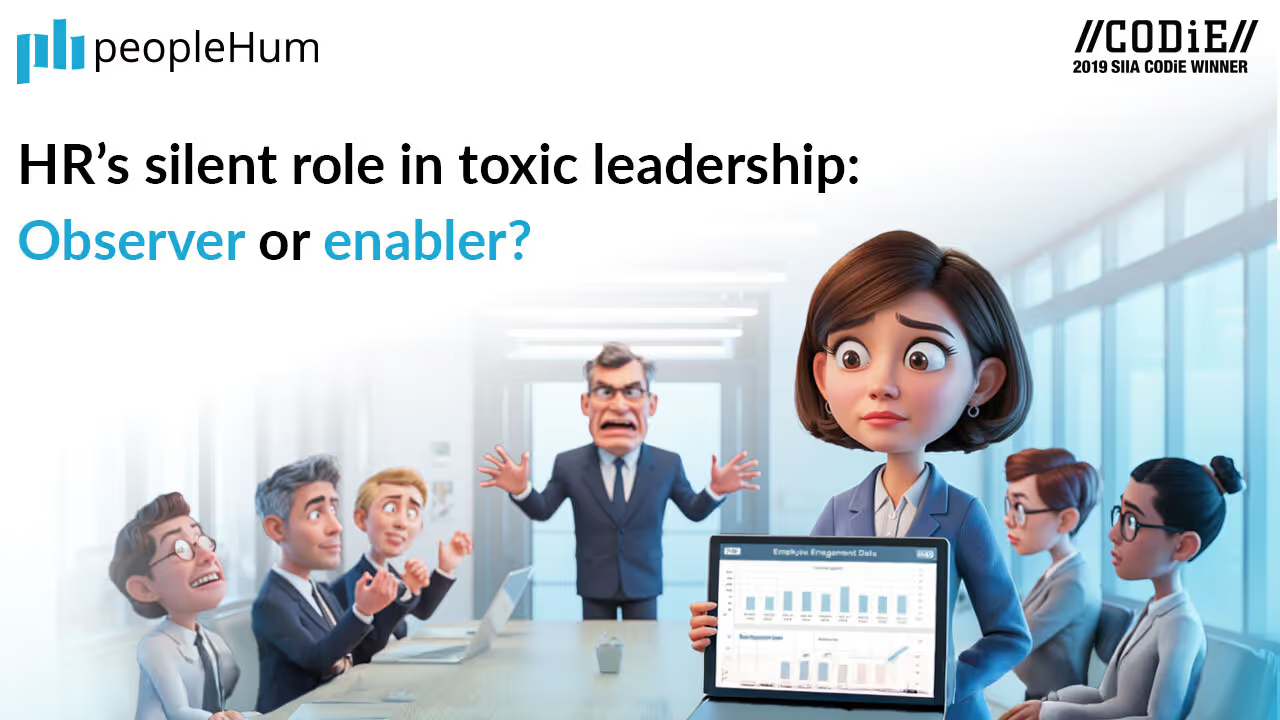You’ve heard the pitch: Tie pay to results, and watch productivity soar. It’s the corporate way of dangling a carrot in front of a donkey. It's when you reward the rockstars, nudge the slackers, and everyone’s hustling toward the same goal, right? But hold up. Why does this shiny system often leave HR folks cleaning up a mess of resentment, and whispered complaints in the break room?
Let’s break down the cracks in this system and why it might be poisoning your culture.
Why does pay for performance sound so good but feel so wrong?
The idea behind pay for performance is simple: People work harder when there’s a clear reward. It’s rooted in basic psychology, behaviorism. You do the thing, you get the treat. But humans aren’t lab rats, workplaces aren’t controlled experiments. When you slap a dollar sign on every task, things get messy fast. Employees start gaming the system, chasing metrics over meaning, and suddenly, the culture feels less like a team and more like a reality show where everyone’s out for themselves. The new reality is people prioritize personal wins over team goals, and trust takes a nosedive. While HR is stuck mediating petty rivalries and explaining why “collaboration” didn’t make the KPI list.
It’s not just about the system, it’s about how it plays out in the messy, human world of office politics, egos, and toxicity.
Pay for performance turns colleagues into competitors. It's a fact.
Ever notice how a team meeting can feel like a low-key audition for “Employee of the Month”? When pay is tied to individual performance, people stop being teammates and start being rivals. It’s not their fault, it’s human nature. If you’re judged on your numbers, you’re not sharing your best ideas with the guy in the next cubicle. You’re hoarding them like a dragon sitting on gold.
This competitive streak doesn’t just kill collaboration; it breeds mistrust. Competition isn’t inherently bad. A little rivalry can spark creativity and push people to up their game. But when the stakes are tied to paychecks, it’s not friendly competition, it's survival mode. People stop asking, “How can we win as a team?” and start asking, “How can I come out on top?” and this results in a culture where trust is dead
The "Gaming the system" playbook
You give people a target, and they'll hit it. No matter what. But what we often forget is that people are incredibly creative, and if the reward is big enough, they'll find the path of least resistance. It's not necessarily a sign of a bad employee; it's often a sign of a flawed system and it's hard to deny.
- The "sandbagging" strategist: The individual who deliberately sets low targets during the goal-setting phase so they can easily exceed them and look like a superstar at the end of the year. They know the game, and they play it well.
- The "credit-grabber": The person who waits for a project to be 90% complete and then swoops in to take credit for the final 10%, often presenting it as their own idea or effort.
- The "information hoarder": The employee who keeps critical information to themselves because sharing it might help a rival achieve their goals, thereby potentially reducing their own bonus. In a world of scarcity, knowledge becomes a weapon, not a tool for collaboration.
- The "quarterly sprint burnout": The team that focuses all their energy on metrics that are measured quarterly, pushing hard for a few months, and then slacking off until the next cycle. They're not focused on sustainable, long-term growth; they're focused on the next payday.
It's a rational response to an irrational system. When the rules of the game are "every man for himself," people will play by those rules. This doesn't just create a toxic environment; it actively undermines the integrity of the data you're using to make business decisions.
The real "High stakes"
The real high stakes aren't about a quarter's bonus. They're about the long-term health of your company. It's about whether a culture is made of trust and collaboration or a culture of fear and competition. Make sure employees understand how decisions are made, if they don’t they’ll assume the worst: favoritism, bias, or straight-up incompetence. And when trust in leadership erodes, good luck getting anyone to buy into your “we’re all in this together” pep talk.
Trust and innovation isn’t built with buzzwords or team-building retreats. It’s built with clarity, consistency, and a system that doesn’t make employees feel like they’re playing a rigged game. Innovation doesn’t thrive in a pressure cooker. When pay is tied to hitting specific targets, employees play it safe. Why take a risk on a bold new idea when it might not show up in your performance review? Why think outside the box when the box is where the money lives? That's your organisation at high stakes
Can pay for performance work without wrecking everything ?
Pay for performance is pretty hard. But is it all bad? Not quite. It can light a fire under your team without burning the house down, if done right. The trick is designing a system that balances individual hustle with collective harmony.
- Start ditching the “one size fits all” approach: Not every role needs the same metrics, and not every team thrives on competition. A sales team might love the thrill of commissions, but your engineers, they’ll probably hate being pitted against each other. Tailor the system to fit the job and the people doing it.
- Make collaboration a measurable goal: Reward the team, not just the individual. Include team-based metrics like project completion rates or customer satisfaction scores that force people to work together and it starts with shifting the focus from individual metrics to collective success.
- Focus on creating a culture: people are motivated by purpose, autonomy, and mastery. When people are passionate about their work and feel a sense of ownership, they don't need a carrot on a stick to get things done.
- Be open about how decisions are made: How performance is evaluated, and how compensation is determined. The more transparent you are, the less room there is for suspicion and distrust.
- Look beyond the numbers: Evaluate people on their contributions to the team, their willingness to help others, their leadership skills, and their alignment with company values. The "how" is just as important as the "what."
Spot a toxic culture before it’s too late
If you have got a pay-for-performance system in place, don't let it damage more than it already did, there are signs to watch for and steps to take. These are red flags.
- If your employees are disengaged or cynical and team meetings quieter than a library or people dodge helping each other like it’s a contagious disease, then your system is breeding toxicity. Also, don’t ignore the watercooler gossip, it’s often the first place resentment shows up.
- Run a quick pulse check. Anonymous surveys can reveal how employees feel about fairness, trust, and collaboration. If the results show people feel like they’re in a zero-sum game, it’s time to rethink your approach. And don’t just collect the data, act on it. Nothing screams “we don’t care” like a survey that goes nowhere.
How to make it work:
- Customize metrics for different roles and teams.
- Balance individual and team-based rewards.
- Communicate the process clearly and consistently.
Wrapping up: Can you have high stakes without low trust?
Pay for performance isn’t the devil, but it’s not a saint either. It’s a tool that can build or break your culture depending on how you wield it. It turns your workplace into a battleground where trust, creativity, and teamwork die, if it's bad it can spark motivation without sacrificing the human side of your organization.
So, the next time someone talks about a new pay-for-performance plan, don't just see the shiny brochure. Look for the potential for toxicity, the erosion of trust, and the destruction of culture. Because sometimes, the biggest rewards come from systems that aren't about individual gain, but about collective success. The most successful companies aren't just collections of rockstar individuals.



































.avif)

.avif)












